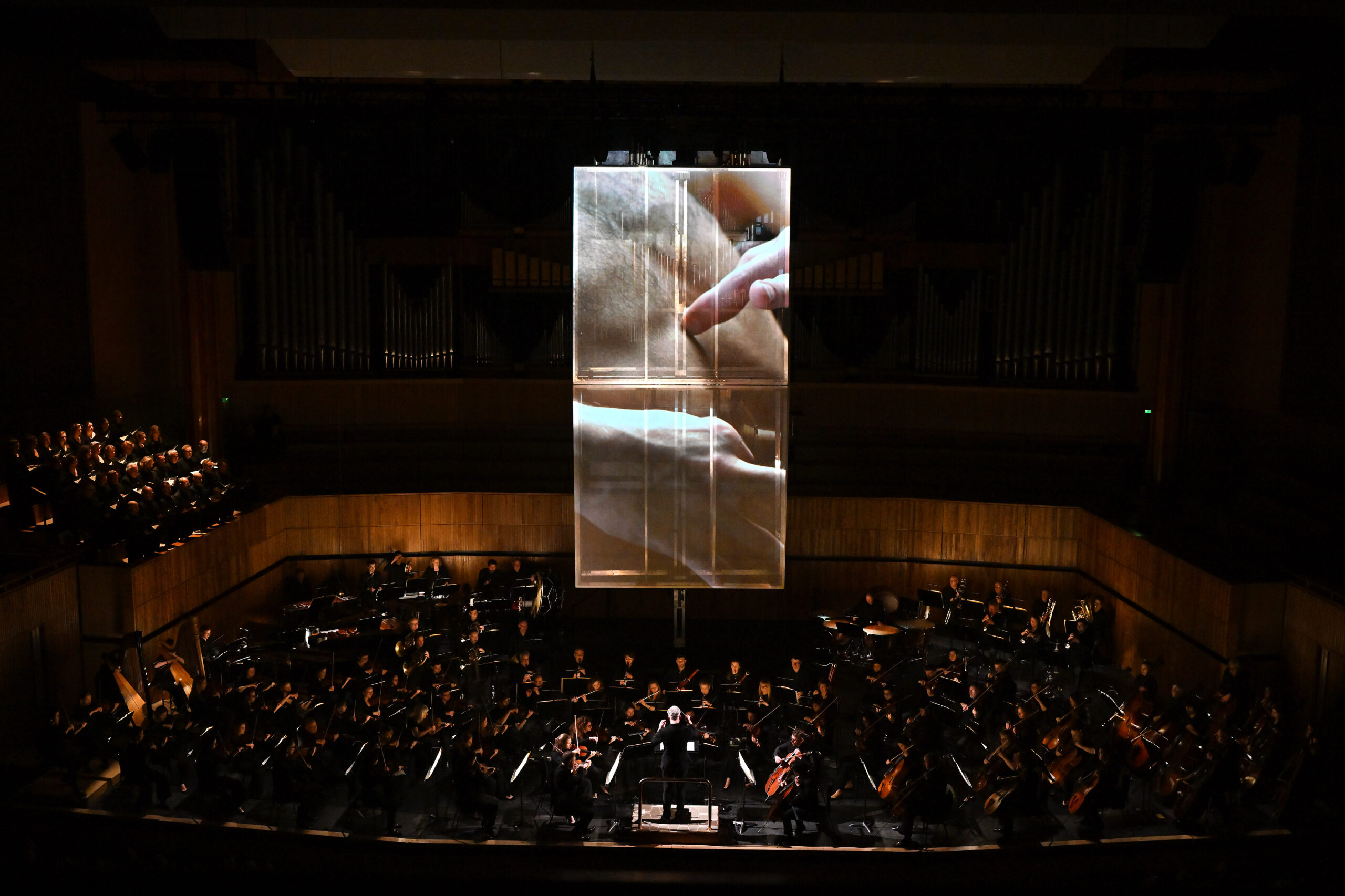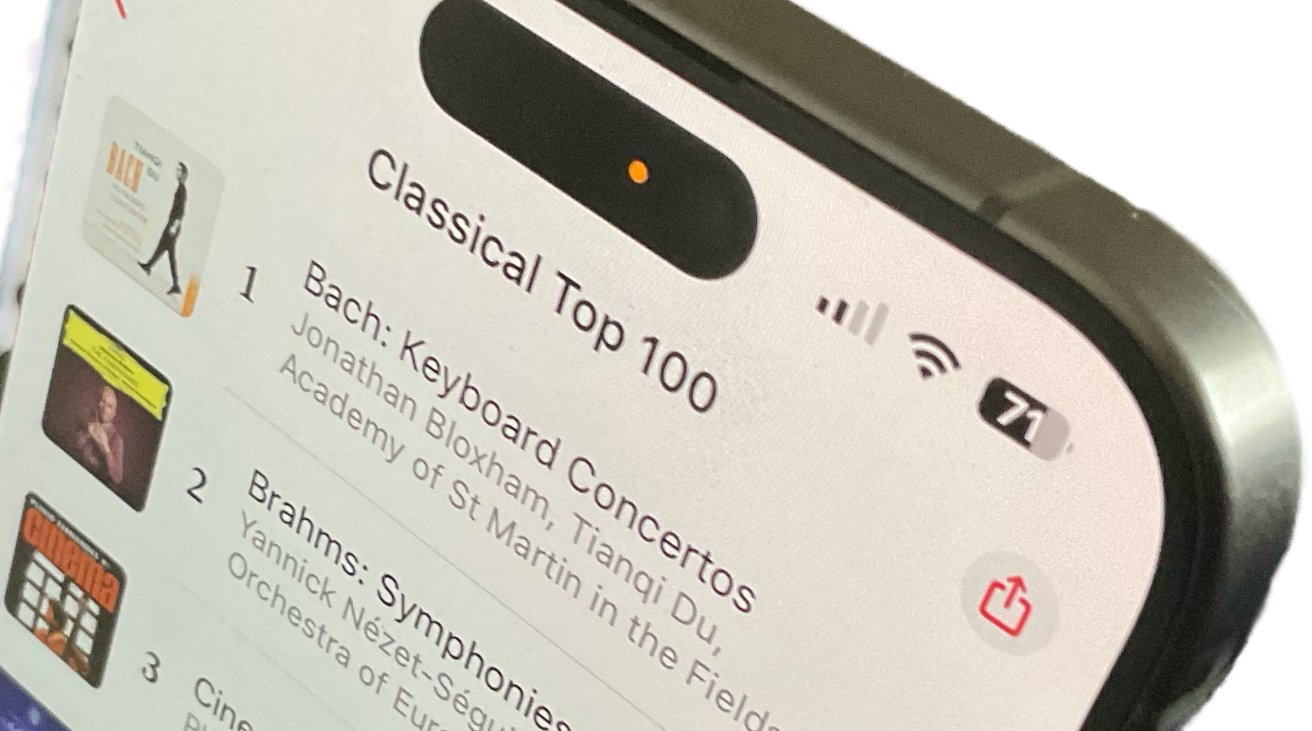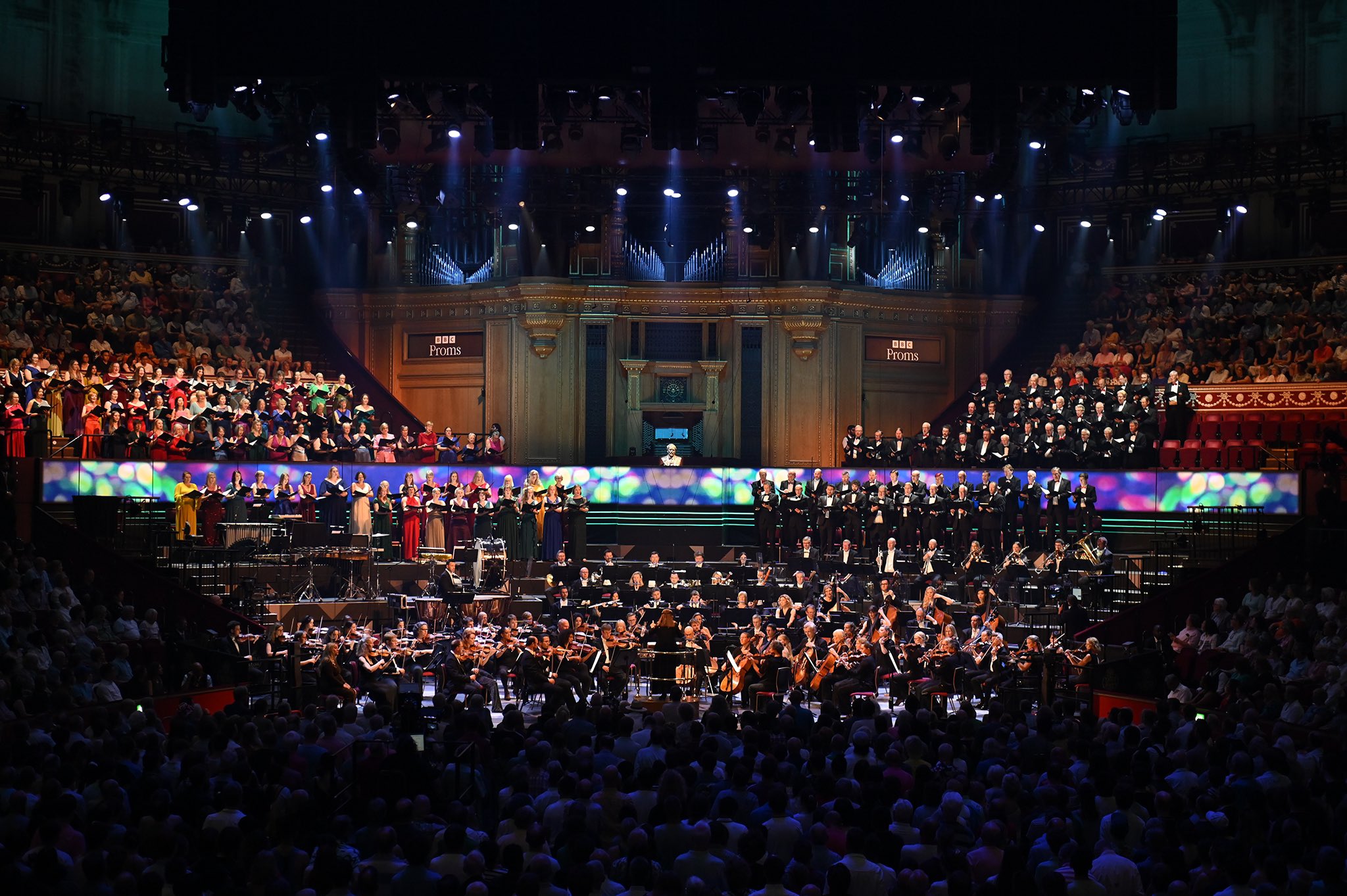Dance re-imagined with the help of a little artificial intelligence
Tania León Raices (world premiere)
Maurice Ravel La Valse
Wayne McGregor and Ben Cullen Williams A Body for Harnasie
(based on Syzmanowski’s Harnasie)
London Philharmonic Orchestra
Edward Gardner conductor
Royal Festival Hall Tuesday 6 March 2024
A theatrical program presented by the London Philharmonic Orchestra including a world premiere from composer-in-residence Tania Leon, a taut Ravel’s La Valse, and an innovative new work A Body for Harnasie by Wayne McGregor and Ben Cullen Williams, drawing inspiration from Szymanowski’s ballet Harnasie.
León, is an exhilarating composer whose writing showcases a dedication to crafting intricate details that challenge instrumentalists. String players leaned in; their eyes locked on the score throughout. Whilst the performance of Leon’s new work, Raices, occasionally lacked power and drive, the depth of her compositional intent still shone. This is a piece that beckons for repeated performances and recording, presenting writing that sparks questions and nurtures curiosity.
Ravel’s opulent La Valse rewarded with dexterity and dynamism. The LPO demonstrated their comparative experience with the score, responding swiftly to conductor Ed Gardner’s subtle guidance. Their agility in navigating various tempo changes illustrated the orchestra’s remarkable dynamism. The run up to the final section saw the LPO especially ‘on-it’. Lots of swaying around in the audience. Warm applause followed.

The draw was Wayne McGregor and Ben Cullen Williams’ Szymanowski-inspired creation, The Body Of Harnasie. Centre stage, a towering mechanical rotating sail displayed slow-motion footage of sinewy dancers. As the sail moved so we moved to different scenes, some immediately recognisable as the Tatra mountains, some data visualisations and some simply lights projected on to the frame and onto the back wall of the Festival Hall.
Determining where AI-generated visuals (built from a bank of motion captured ensemble and individual dance) began and ended was inevitably difficult pointing to the success of the dance video sequences generated by AI responding to the score. Those times when the visuals transitioned into the mountain ranges and back again there was a sense that things were jarring with the established narrative. When the visuals appeared to reduce to pools of light it felt like the technology might have gone a little awry.
Yet perhaps this was one element of the art. Szymanowski had been clear when writing about his ballet Harnasie that he didn’t “claim any preconceived ideas … facts do not play an essential role in it and should rather be adjusted to the possibilities offered by the stage than vice versa.”
Here then there was a feeling we were in the present of a new member of the company—the technology—learning and adapting its responses to unfamiliar music, akin to some audience members. Until the technology catches up with its nuances (assuming that’s what they were), this early implementation seemed to far more successfully surface Szymanowski’s dramatic writing and orchestration, so to the incredible power of the small Flemish Radio Choir whose projection was powerful. Similarly tenor Robert Murray who whilst sometimes seeming dwarfed by the stagecraft all around him, succeeded in cutting through. At times, the staging and technology occasionally indulged in an aesthetic that felt overly lavish, especially when the imagery momentarily dropped out.
This was an interesting experiment, which almost worked in its entirety. Maybe AI isn’t as smart as we all fear it is. At least, not yet.
Picture credit: Mark Allan



